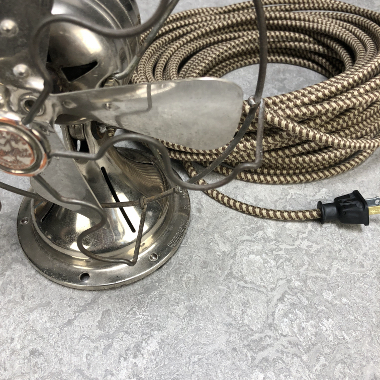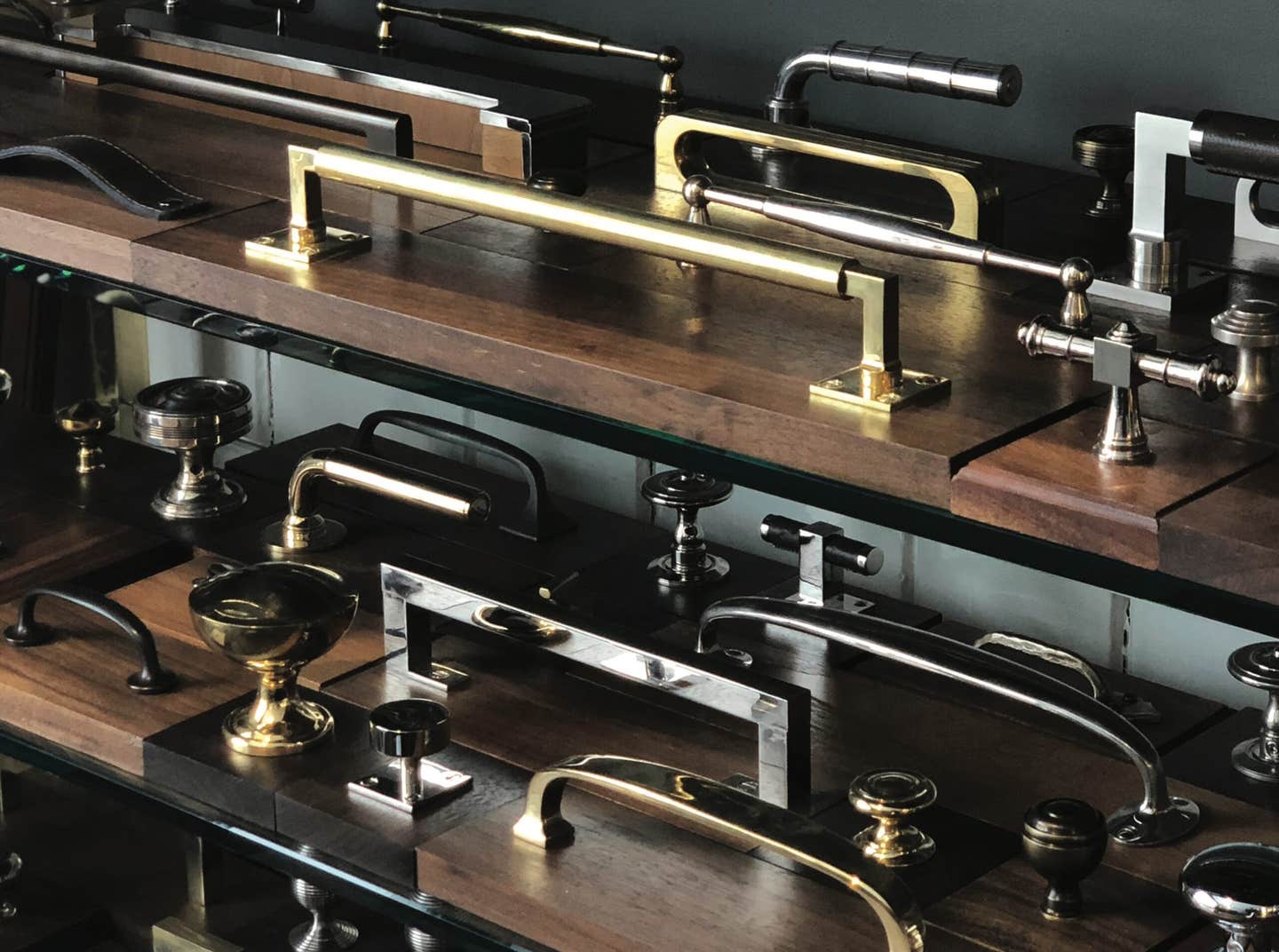Windows & Doors
Fire-Rated Doors Are Essential in Government Buildings — Here’s Why
Government buildings carry unique responsibilities for public safety. High foot traffic, sensitive records and mission-critical operations demand passive fire protection systems that perform under pressure. Among the most important components are fire-rated doors for government buildings, which create reliable combustion and smoke barriers, protecting people and property while helping facilities meet strict code requirements.
These structural elements are vital in giving first responders time to secure a building. For architects, contractors and facility managers, choosing the right door can make the difference between compliance and liability.
Why Fire-Rated Doors Matter in Government Buildings
High-performance safety doors are designed to compartmentalize large buildings into protected zones. This slows a blaze, maintains clearer egress routes and protects critical rooms such as data centers, archives and mechanical areas. Because governmental buildings serve the public, the expectation for reliability is higher. Heavy use, variable environments and long service lines require durable and well-tested fire door systems.
Key advantages of these doors include:
● Life safety: Doors with high hourly ratings help maintain better protected pathways for evacuation.
● Asset protection: Sensitive equipment and public records remain shielded behind structural fire barriers.
● Continuing operations: Buildings that contain fires quickly experience less downtime and reduced structural damage.
● Code compliance: Federal, state and local requirements mandate rated openings in high-risk or high-occupancy areas. These doors are part of the building’s passive fire protection system and help facilities meet International Building Code and National Fire Protection Association (NFPA) standards. These doors also require annual inspections to certify they are still up to code and haven’t been altered, blocked or wedged in any way.
Understanding the Ratings, Standards and Essential Components
Selecting a compliant door starts with understanding how these systems are built and evaluated.
Fire Resistance Ratings
Ratings such as 90-minute, 3-hour or 4-hour indicate how long a door assembly can withstand fire exposure. Higher ratings allow the door to match the rating of the wall in which it’s installed.
Standards and Certifications
Fire-rated doors must undergo rigorous testing. These barriers meet NFPA 80 outlines for installation, testing, inspection and maintenance. Ratings comparable to Intertek or Warnock Hersey standards determine whether a door can withstand fire and remain operational. The standards verify the barrier’s structural integrity, heat resistance, closing reliability and impact resilience.
Critical Components
Modern fire-rated doors use advanced mechanisms to ensure secure closure in an emergency. These can include fusible links that trigger thermal closing, smoke detectors or fire alarm connections for electrical activation. Included are governors that manage descent speed and reinforced steel curtains and guides designed to outlast the flames.
Methodology and How This List Was Selected
The top manufacturers or fire-rated protection doors were chosen based on how they met and exceeded the following criteria:
● Compliance with major safety standards
● Breadth and depth of their fire-rated product lines
● Suitability for high-security, high-occupancy government spaces
● Reputation for engineering, durability and long-term performance
● Availability of advanced activation options
Best Fire-Rated Doors for Government Buildings
These top manufacturers deliver reliability, code-compliance and suitability for government architecture with each product.
Cookson is a leading manufacturer of rolling fire-rated doors for government buildings engineered for life safety. Its range is designed to withstand heat, debris impact and continuous operation demands in public buildings. Cookson’s assemblies help compartmentalize facilities, preventing flames and smoke from traveling through corridors, atriums and service zones.
Its doors have a fire rating of up to four hours and are available with thermal activation via fusible links or electrical activation through smoke detectors and alarm control panels. Cookson designs its systems to meet NFPA 80 requirements, UL 10B testing and the annual inspection standards mandated for rolling fire door systems. The structural integrity and consistent performance make its doors a strong choice when evaluating the best fit for government buildings.
Key Features:
● Up to a 4-hour fire resistance rating
● Thermal and electrical activation
● Meets NFPA 80 inspection and testing requirements for compliance
● Ideal for compartmentalizing large facilities and protecting life and property
Raynor Garage Doors manufactures the FireCoil™ line of rolling fire doors engineered for performance in commercial and public facilities. Available with ratings up to four hours, these doors use activation options such as fusible links, smoke detectors and time-delay release mechanisms. The standard governor system ensures a smooth, controlled descent during emergency closure.
The brand offers factory-tested release and descent systems that streamline annual inspections, helping facility managers keep doors compliant without significant downtime. The combination of durable construction and maintenance-friendly features makes the company a strong choice for long-term safety planning.
Key Features:
● FireCoil ratings range from 45 minutes to four hours
● Multiple activation systems, including smoke detection
● Controlled descent for safety and the FireHoist helps to raise the doors after being triggered
● Slat profiles and finishes for various architectural needs
Wayne Dalton offers the FireStar® series of rolling steel doors, widely used across government, institutional and commercial buildings. FireStar doors are recognized for their straightforward floor-level testing and reset feature, which enables building maintenance teams to complete annual NFPA 80 inspections efficiently.
Many FireStar models include advanced insulation and smoke-control options that help maintain safer interior conditions during a combustion event, giving architects and contractors more flexibility when designing protected corridors, service areas and high-security spaces.
Key Features:
● FireStar products with ratings up to four hours
● Non-binding guide design for smooth operation
● Floor-level testing and reset system
● NFPA 80 compliant
Key Features at a Glance
The right fire-resistant door results from sound specification decisions, which help facility managers and related contractors choose a viable option that meets regulations and keeps building occupants safe.
| Feature | Cookson | Raynor Garage Doors | Wayne Dalton |
| Maximum Fire Rating | 4-hour | 4-hour | 4-hour |
| Certifications | NFPA 80 | NFPA 80 | NFPA 80 |
| Activation Options | Thermal, electrical | Thermal, electrical | Thermal, electrical |
| Notable Feature | Impact resistance | FireCoil™ engineering | Easy test and reset |
Supporting Safer Public Spaces
Fire-rated doors remain a cornerstone of passive fire protection in government buildings. The manufacturers listed here provide durable, code-compliant systems to protect building occupants, preserve essential infrastructure and support long-term safety planning. These engineered solutions help facilities meet stringent regulatory requirements while maintaining secure and reliable public spaces.









